12 mistakes you're making when visiting national parks, according to a former park ranger of 37 years
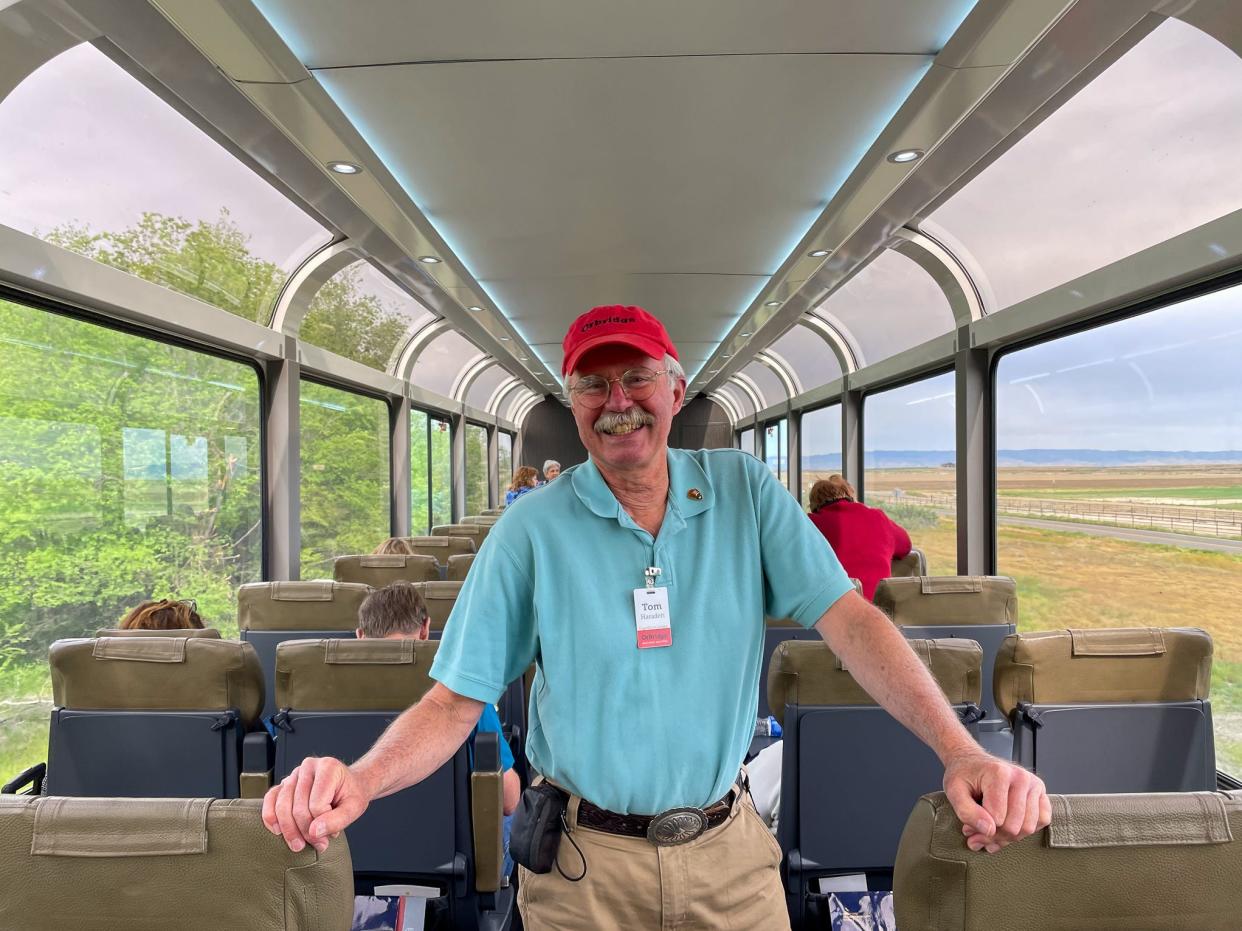
Visitors make avoidable mistakes when visiting national parks, a former ranger told Business Insider.
Tom Haraden spent 37 years protecting visitors and wildlife in nine national parks across the US.
From packing water to staying clear of animals, he shares how to avoid the worst mistakes he's seen.
For 37 years, Tom Haraden worked in nine national parks across the US.
Haraden's self-described "magical" career in the National Park Service started in 1972 as a volunteer in Yellowstone National Park in Wyoming. Since then, he's worked in eight other US national parks.
"I loved every minute," Haraden told Business Insider.
During this time, he has spoken to thousands of visitors and seen plenty of mistakes.
During his four-decade career, Haraden said some mistakes were common. Nearly all of them were avoidable.
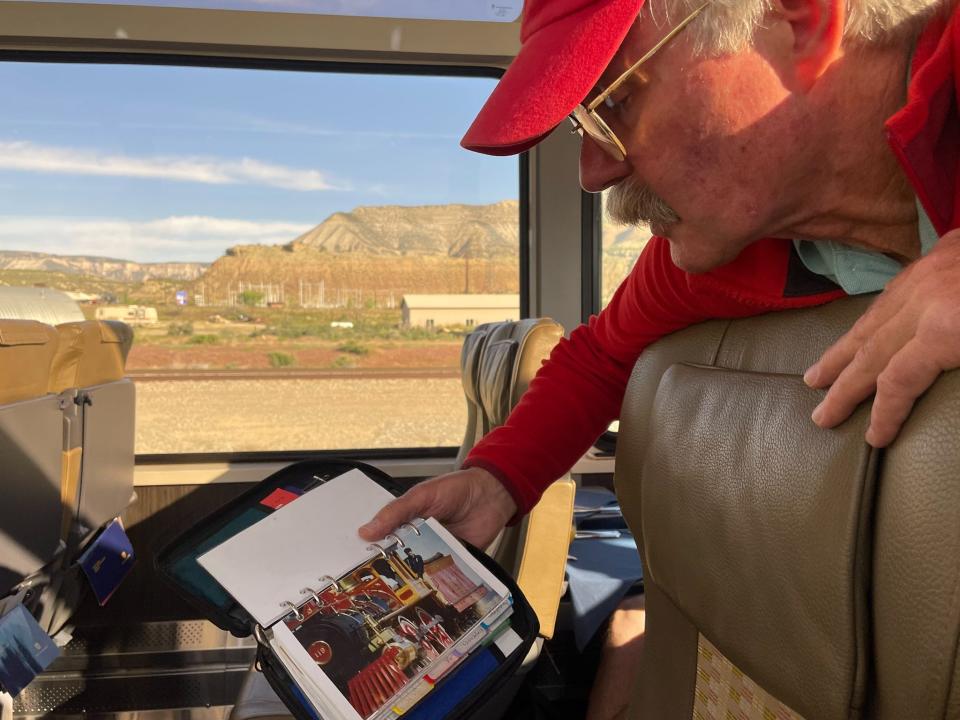
Haraden's general advice is simple: "be smart."
While park rangers are there to support visitors, Haraden said safety is up to the individual.
"The park service's philosophy on safety is that your safety is your responsibility," he said.
The first common mistake Haraden said visitors make is trying to squeeze too much into a single trip. Instead, travel slow.
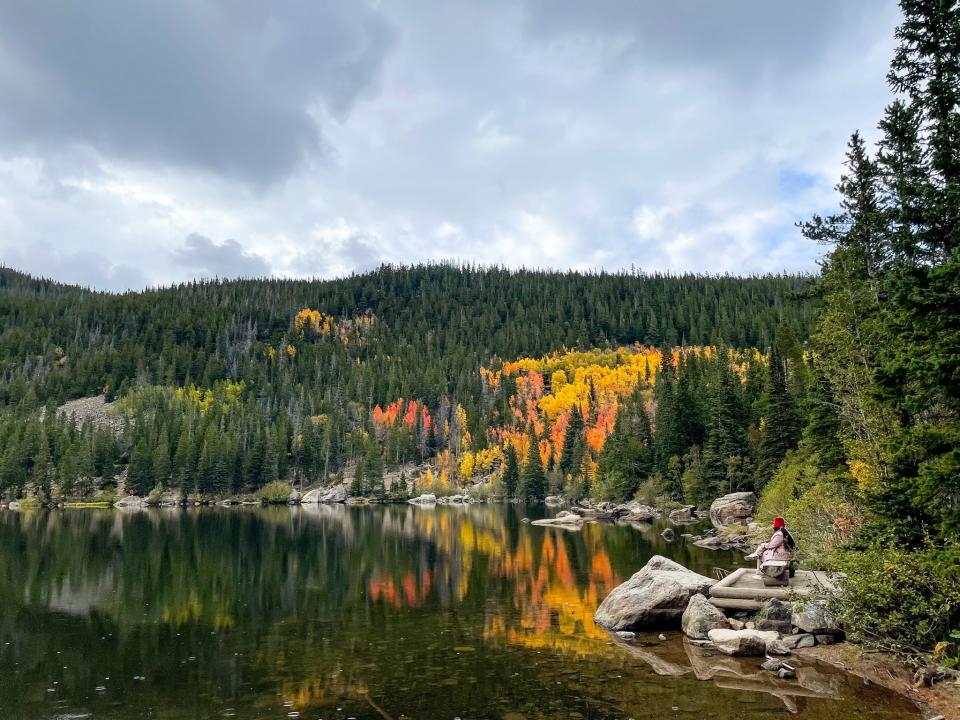
Throughout Haraden's career — and today as a tour guide in the national parks — Haraden said he talks to visitors with overly ambitious itineraries.
They might enter a park with the goal of visiting every viewpoint in a single day. While this is one way to explore, Haraden believes that going slower gives visitors a chance to soak in the park's natural beauty.
"I think the biggest mistake I see people make is trying to be too fast," he said. "They go out to a viewpoint at the Grand Canyon and go, 'been there, done that.'''
He urges visitors to experience a national park instead of checking things off a list. That might mean watching the sunrise, grabbing a book and sitting by a river, or slowing your hiking pace.
"Don't try to do everything," he said. "Enjoy some things to the full depth you can."
Don't expect solitude. And if that's the goal, be willing to research and hike farther out.
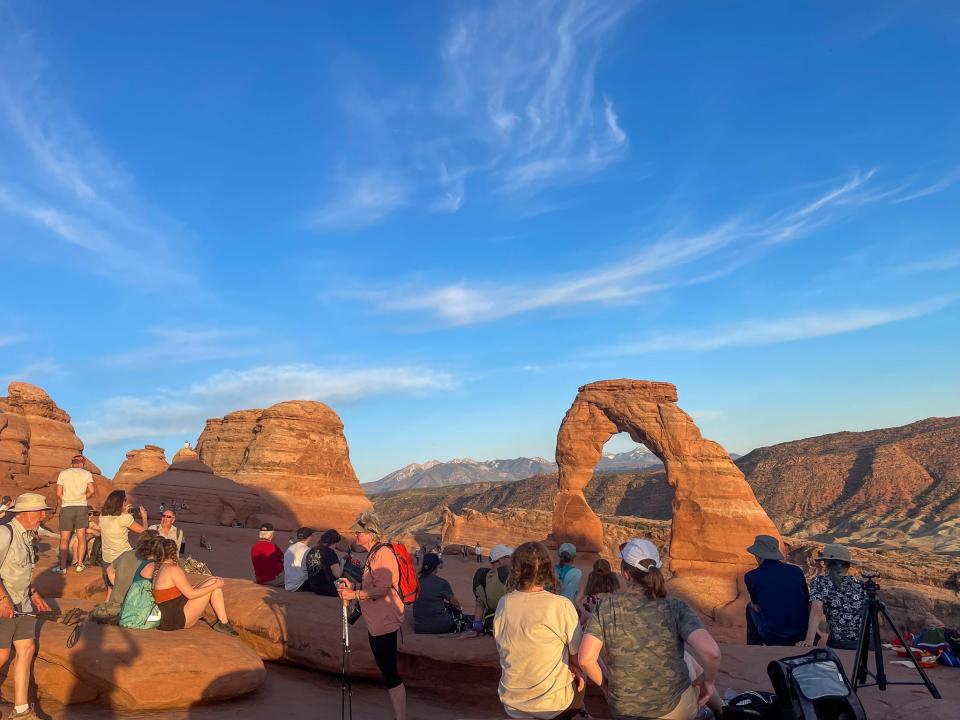
Haraden said there are plenty of national parks without hordes of people, but it can take time and research to figure out which parks and areas are less crowded.
"Do your homework and stay flexible," he said. "Nowadays, doing your park homework involves knowing what's going to be crowded. If you go to a park like Arches in the middle of summer, it's going to be packed. So go to a place that's less visited, like Canyonlands."
Even then, you're still likely to run into people if you stick to the main viewpoints, Haraden said. The farther you get into the national park, the higher your chance of finding solitude.
Don't arrive without an itinerary. No matter where you go, research the park to get a sense of what you want to do once you're there.
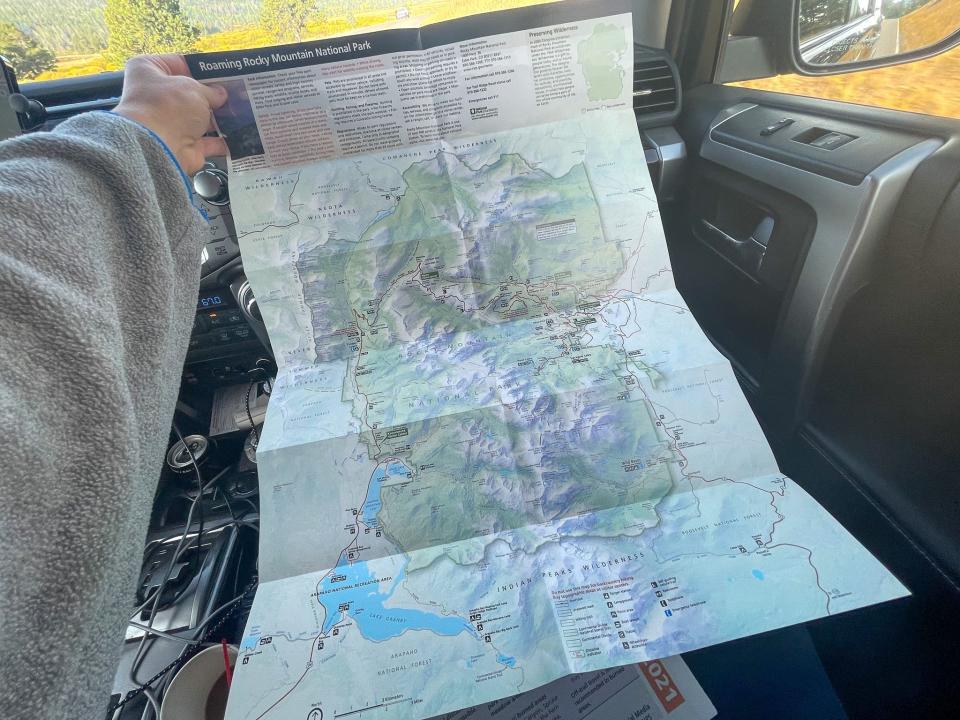
Beyond looking at how crowded parks are, Haraden suggests researching every park you plan to visit beforehand. This will help you craft an itinerary that meets your wants and needs.
"Know what you want," he said. "Do you like to hike? If you like the hike, what kind of hikes do you like to do? Do you like flat ones? Do you like vigorous ones?"
Haraden's best advice for researching national parks is to use the National Park Service's websites. Every national park has a detailed website, which tells visitors about the park, its crowds, and what to expect when visiting.
While Haraden encourages visitors to have a plane, he also urges them to be flexible.
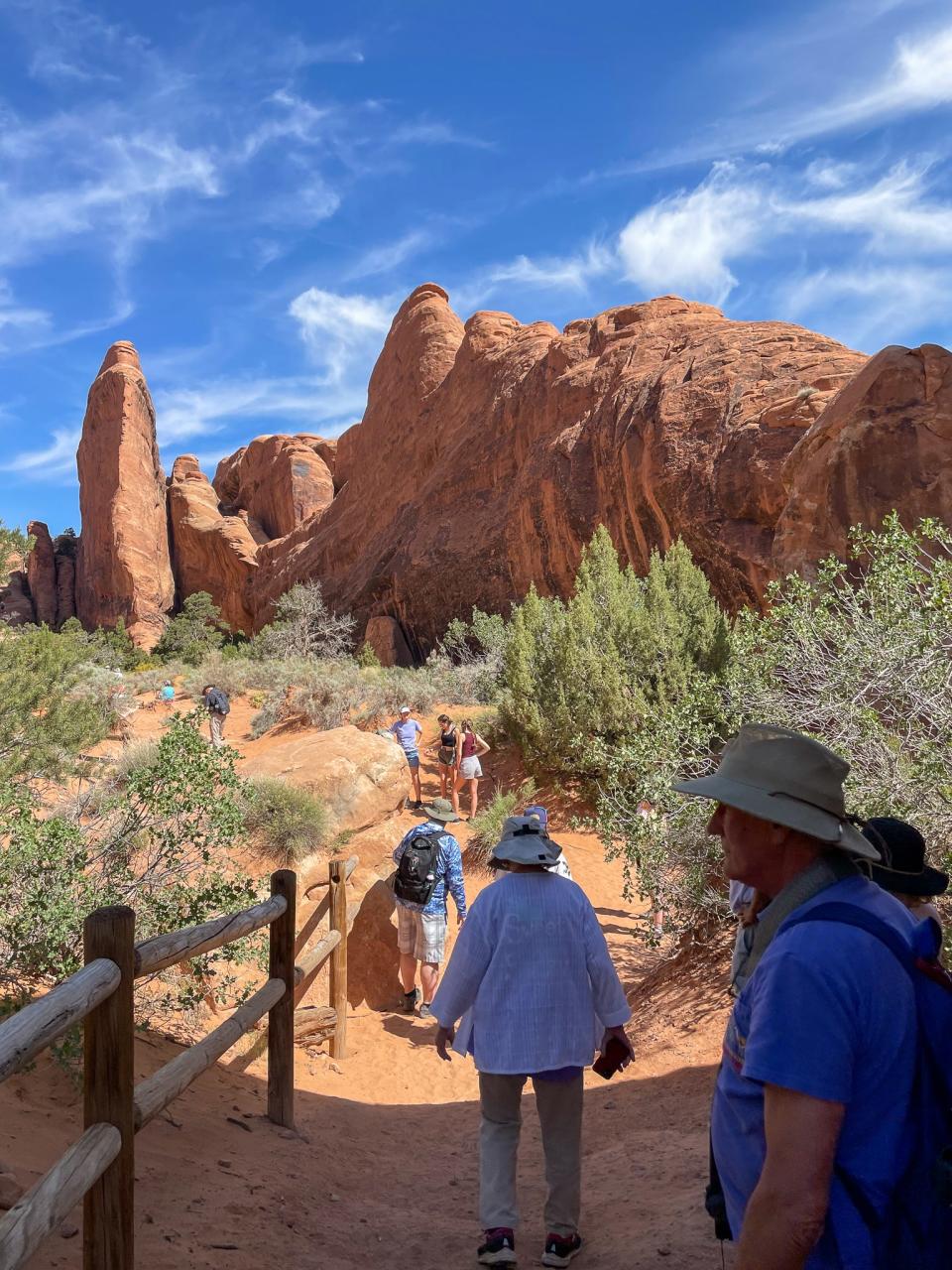
While Haraden said it's helpful to research and have an itinerary before arriving at a national park, he also advises visitors to be adaptable.
"Don't get locked into the mindset that 'I must do something,' because you might get there and it's too crowded to do it, or the parking lot is full," he said.
Variables like weather and crowds can impact how you experience a park, so Haraden recommends coming up with an open plan with backup options in case an activity doesn't work out.
Don't forget to pack enough water, and don't assume bottled water will be readily available.
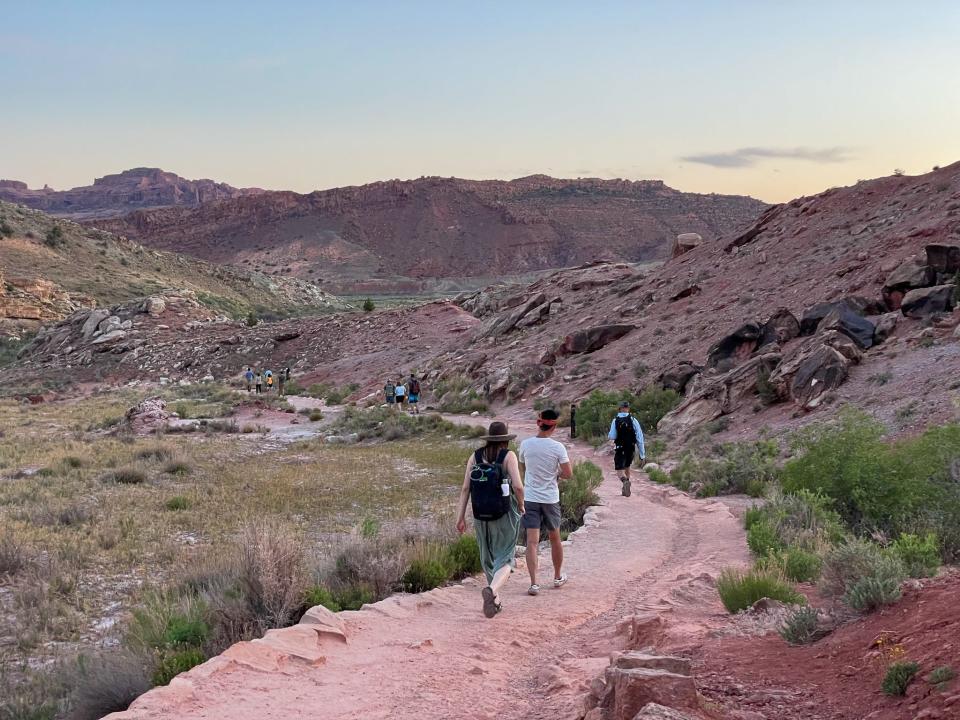
"Running out of water is probably one of the worst mistakes you can make," Haraden said.
The National Park Service warns visitors that there's a higher risk of heat-related illness, especially during the summer months. Part of being prepared is ensuring you pack enough water or a water-filtration system.
The Interior Department announced it would phase out the sales of single-use plastic bottles on public land and in national parks by 2032, The New York Times reported in 2022.
However, many national parks like Zion, for instance, have already stopped selling plastic water bottles.
The National Park Service encourages visitors to bring their own reusable water bottles to reduce waste. While there are water fountains available across national parks, visitors won't find many places to purchase a bottle of water.
Make sure you have the proper supplies for the hikes and activities you're embarking on, like a windbreaker or bear mace.
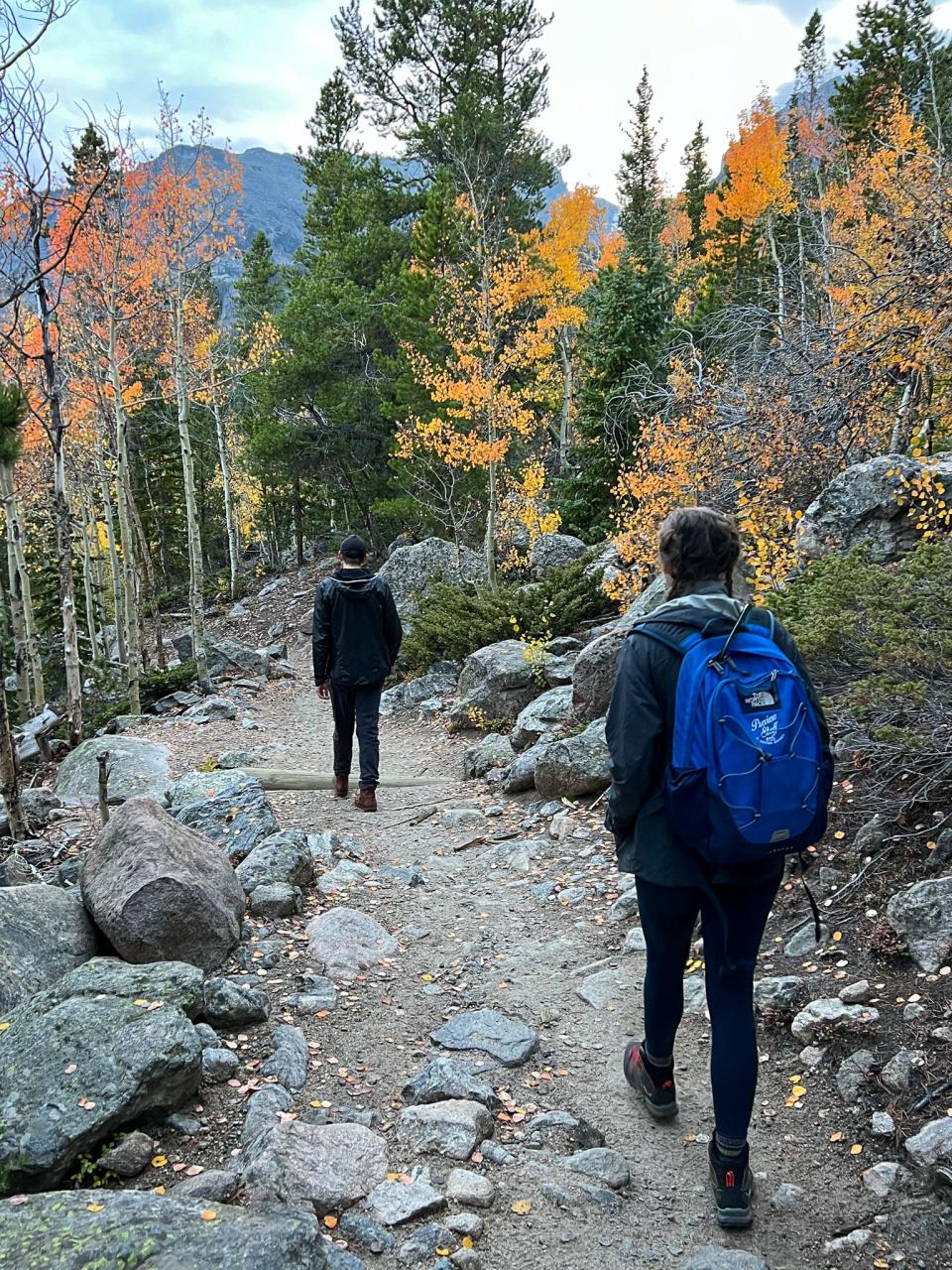
Haraden said that if you do your research, you'll likely know what to expect and what you'll need for a national park trip.
That might mean packing a windbreaker or extra jacket for trails with high elevation or making sure you have bear spray if you're exploring a park like Yellowstone or Grand Teton, which are populated by bears.
"Even if you don't use it, you're ready in case you do need it," Haraden said.
Never get too close to wildlife. Haraden says visitors could get seriously hurt and get the animal euthanized, too.
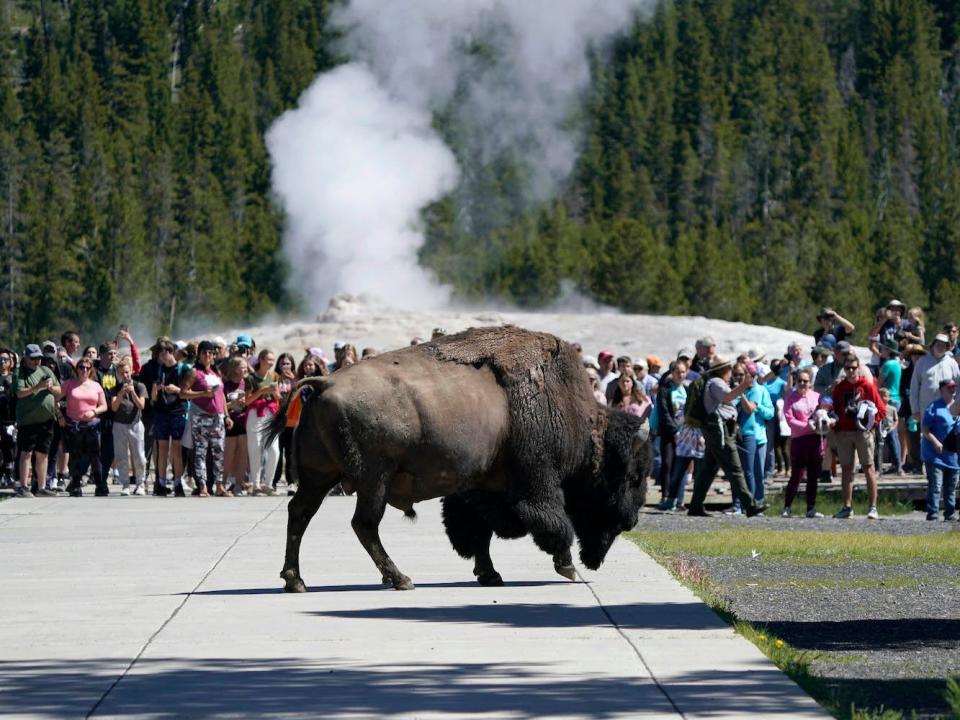
"Wildlife, big and little, are not tame," Haraden said. "Squirrels can bite and bison can toss people in the air. There's not a single animal that can't hurt you if you pester them or threaten them enough. Any time you change an animal's behavior, you're too close."
He said he'd heard stories of people trying to feed bears or placing their children on the backs of bison.
Those stories often make headlines, and every year, national park visitors are injured or die due to getting too close to wild animals.
Haraden added that it's a lose-lose scenario since the animals involved sometimes must be euthanized.
Don't assume that staying in the national park will be more expensive than staying in hotels or cabins outside the park. However, you will likely need to book accommodations far in advance.
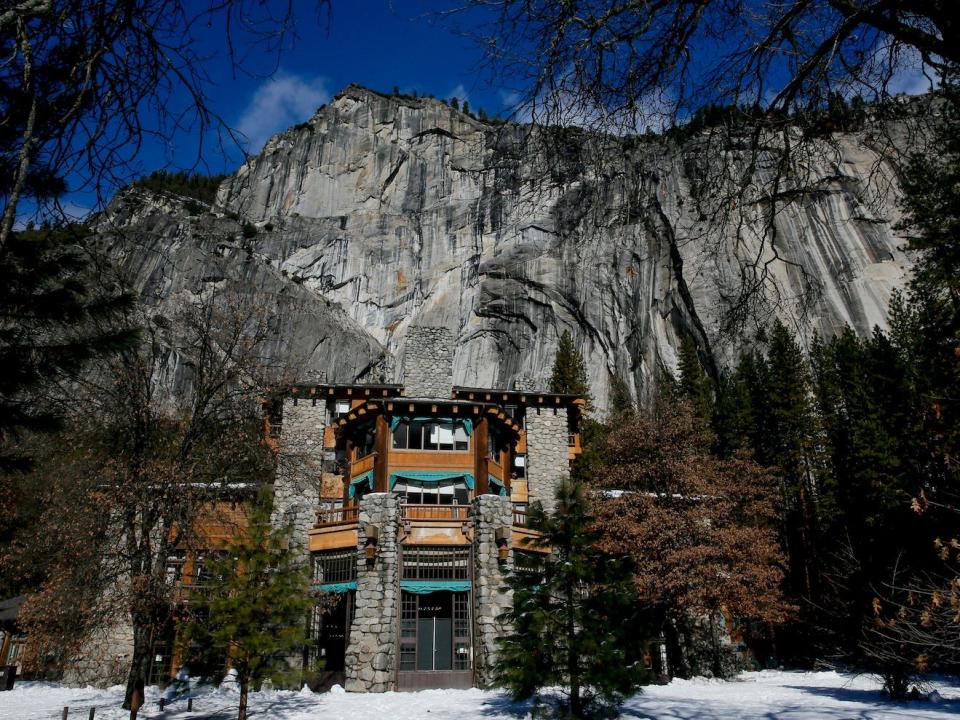
Whether it's a campsite, cabin, or hotel, national parks across the country offer a wide range of accommodations for visitors.
According to Haraden, many of the accommodations are reasonably priced. For instance, a room at the Lake Crescent Lodge in Olympic National Park in Washington starts at $129 during the offseason, according to the lodge's website.
"Everyone thinks they're more expensive than lodging outside of the park, but that's not necessarily true," he said. "The park service wants to make them available to everybody, but you do have to reserve them way in advance."
For example, during peak season, The Ahwahnee Hotel in Yosemite can fill up months and even years in advance, Haraden said. It's one of the National Park Service's more expensive hotels, with rooms starting at $536, according to the hotel's website.
Haraden urges visitors to keep elevation in mind when planning their trip.
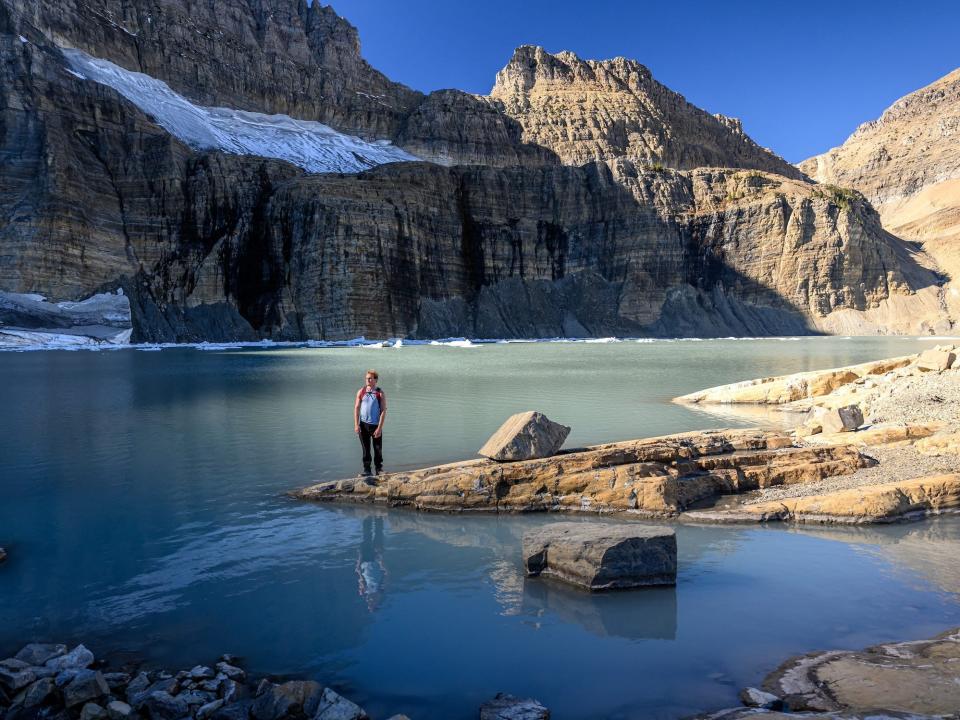
"Many western parks are high in elevation. Some are obvious, like Rocky Mountain or Glacier, but others are not obvious, like Grand Canyon and Bryce Canyon," Haraden said. "Elevation can really affect people who aren't used to it or have medical conditions."
If you're traveling from lower altitudes like Florida, for instance, taking the time to acclimate can help ensure that you'll enjoy your trip and not end up with altitude sickness.
On a similar note, Haraden encourages visitors to consider the heat as summertime approaches.
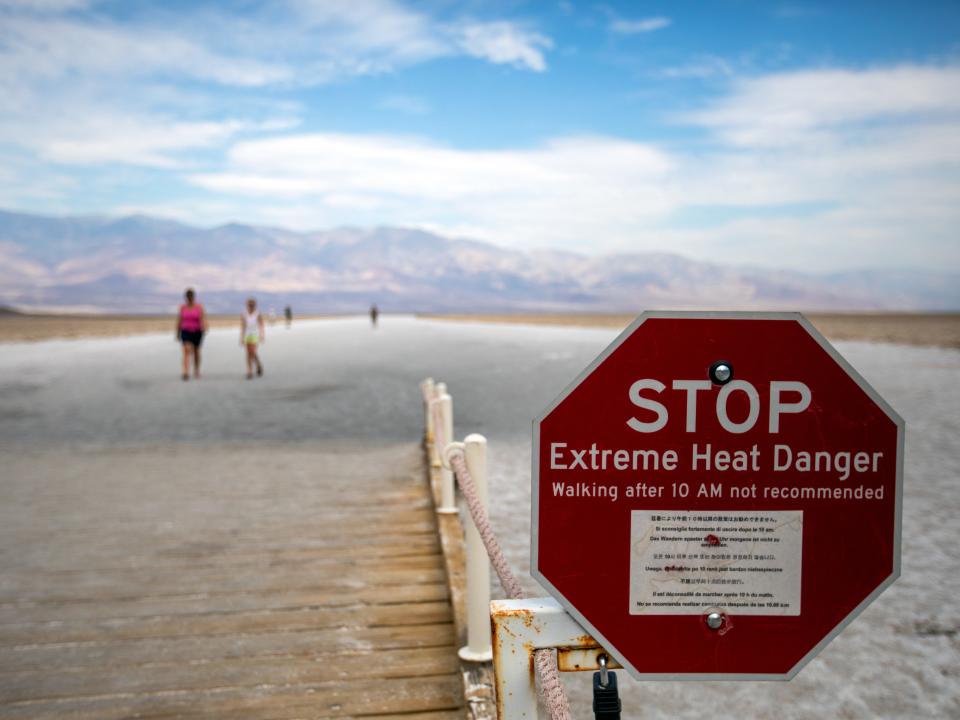
"It's getting hotter and staying hot longer, and that includes in national parks," Haraden said. "Take all the precautions, but especially don't exert yourself during the hottest part of the day."
That might mean getting to a national park earlier or later in the day to enjoy cooler hours or planning trips during the shoulder seasons when the summer temperatures are gone.
Don't rely on your phone or GPS for directions. Pack a map and be prepared to lose cell service.

Haraden said that guests shouldn't rely on their phones to navigate around the national parks since many of these areas lack full cell coverage.
"GPS will commonly not work in remote areas like national parks. Carry maps and know how to read them," he said.
He also encourages visitors to not blindly follow their GPS if they do decide to use it.
"If GPS says to use a road but it looks too rough, use your common sense and don't go there. If GPS says to follow a trail that is not there, don't do it," he said.
Haraden says visitors shouldn't make the mistake of not asking for help or advice from park rangers.
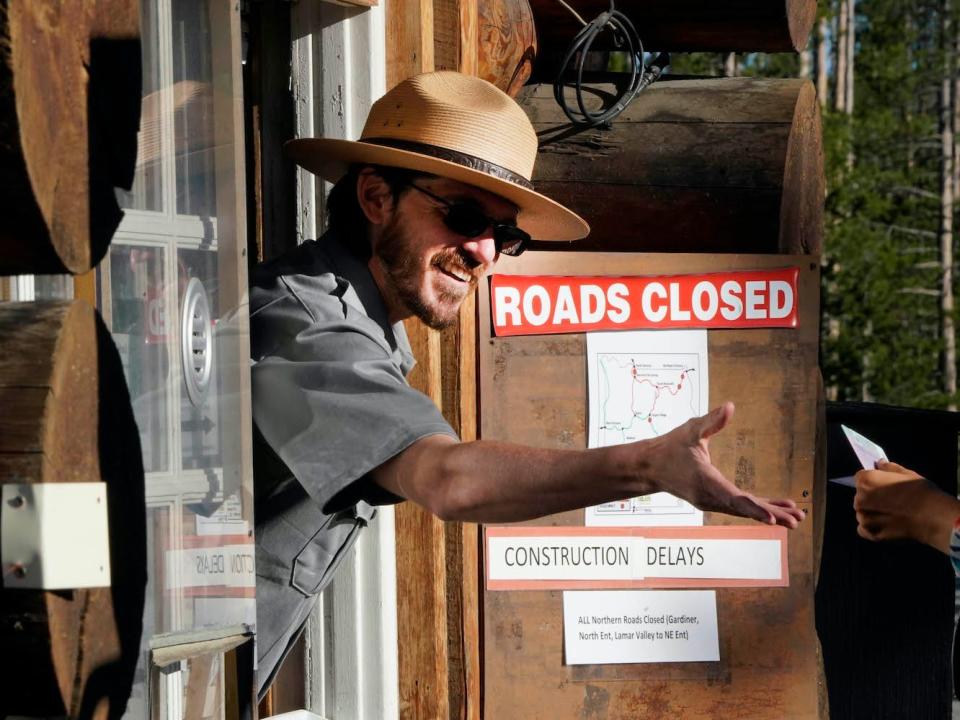
Across any national park, you'll find park rangers who are there to answer questions and help create a positive experience inside each national park.
"The park rangers have all the information you need to make decisions," he said.
They can help point visitors to good hikes, and they know the weather and other important information that might be handy. Haraden said visitors should never be hesitant to approach a park ranger with questions.
Haraden's most important piece of advice is to consider the people who will explore and discover the parks after you.
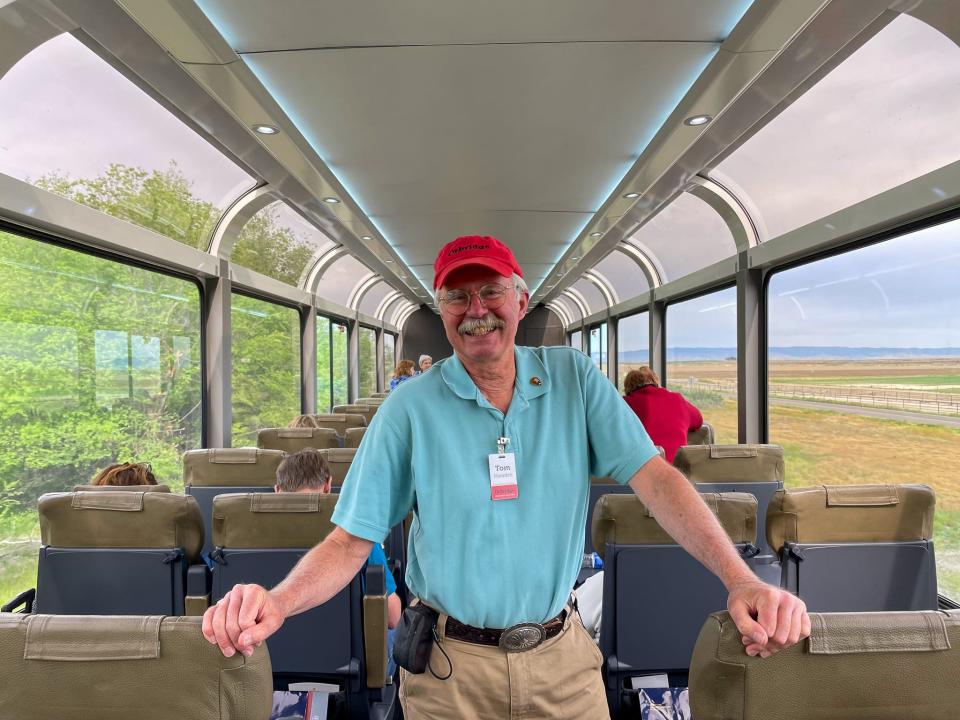
Haraden isn't just referring to the people entering the parks tomorrow or next year. He's referencing the future generations of visitors exploring the otherworldly Arches National Park and the geyser-filled
"?wonderland of Yellowstone.
He said he hopes national park visitors are doing their part to be stewards of the land, which means modeling behavior like picking up trash, giving animals distance, and not packing disposable plastic water bottles.
Read the original article on Business Insider

